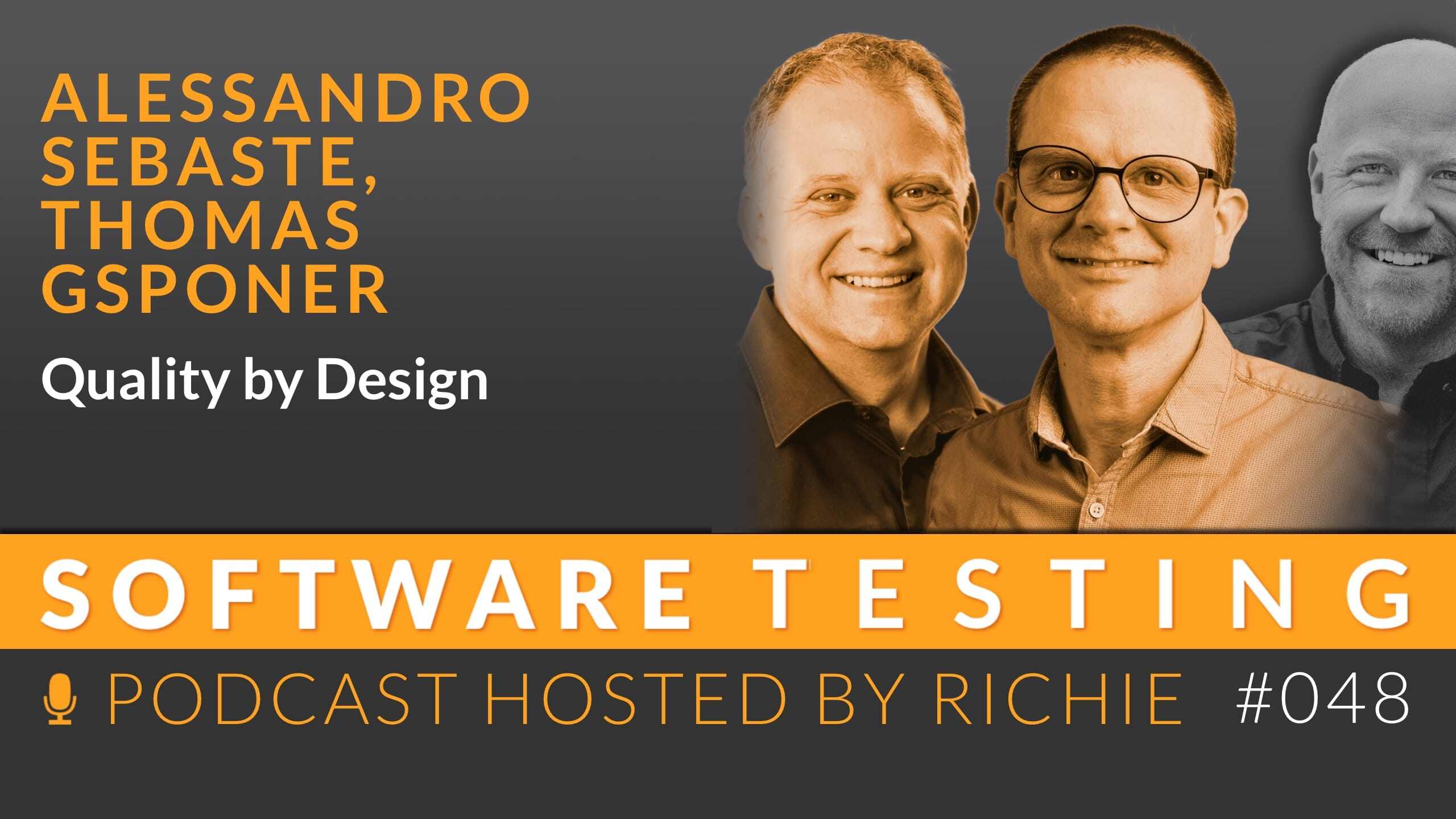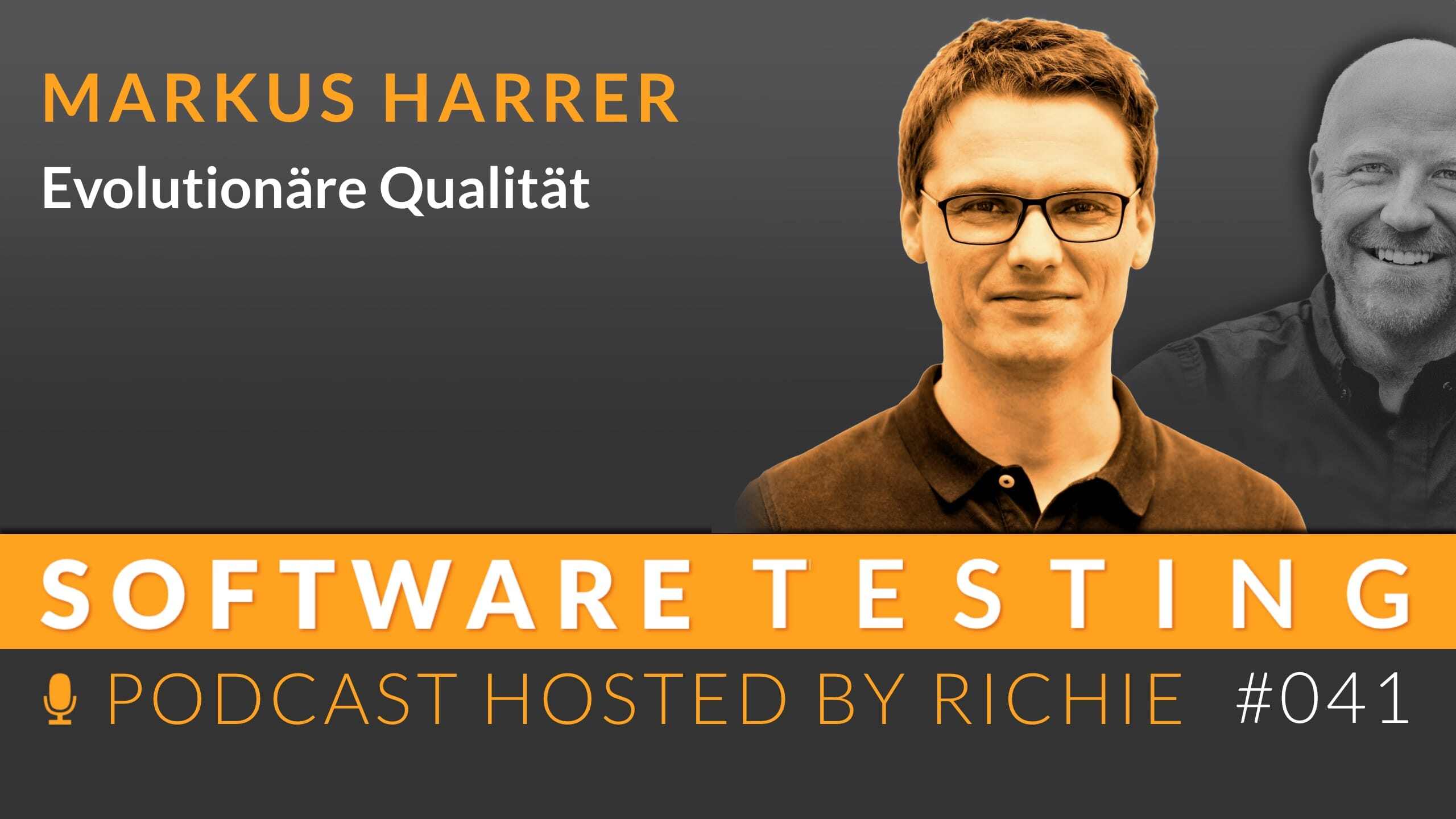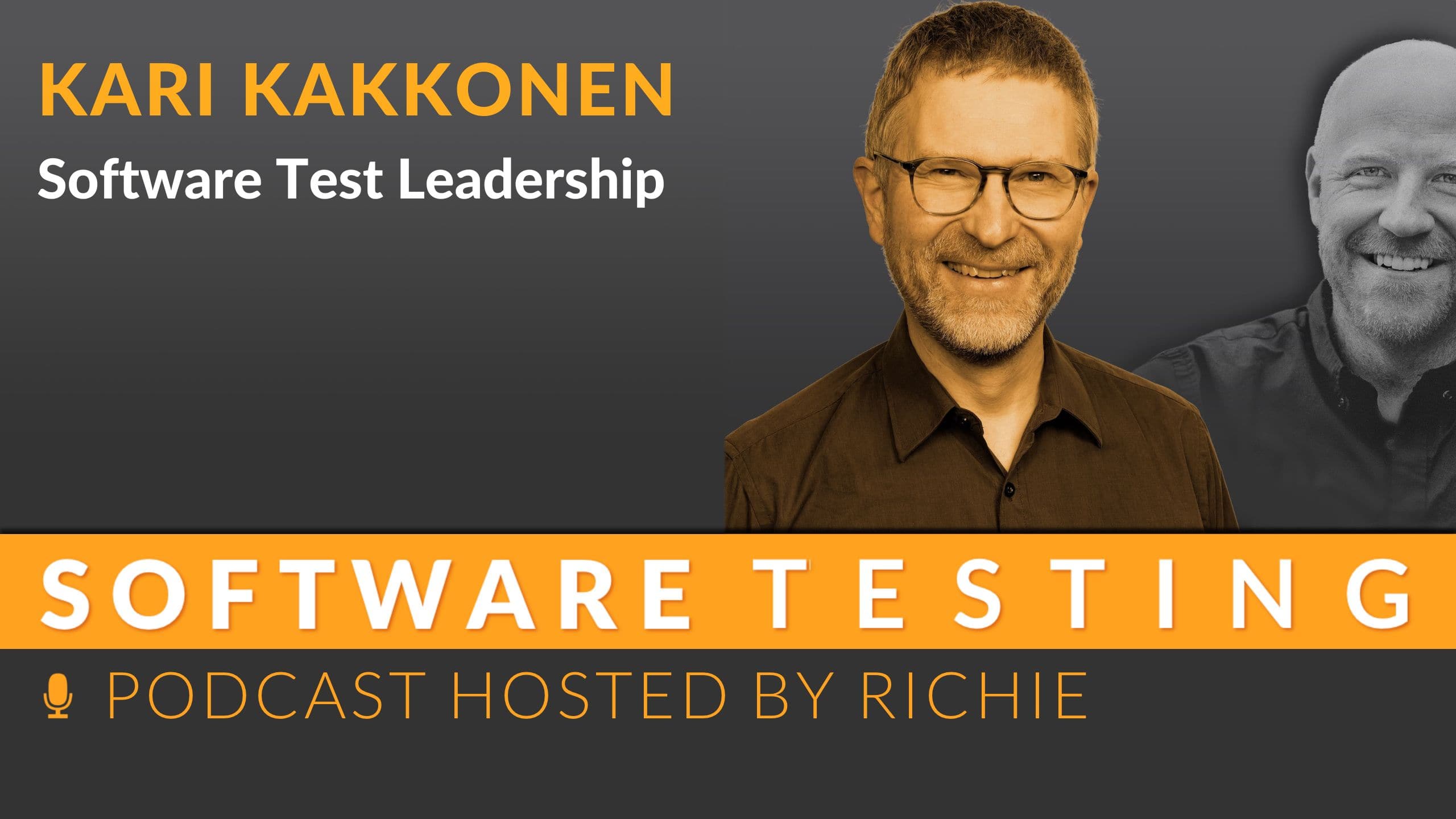Evolutionary Quality
Evolutionary quality refers to the adaptation of software qualities through various evolutionary phases: Creation, customization, product and...

What you can learn from another industry! Alessandro comes from the software sector, Thomas from the pharmaceutical industry. In conversations, they soon realized that both development processes are very similar, as long as quality is important. And since pharmaceuticals are about people’s health, the demand for quality is extremely high. Quality is measured throughout the entire development process and thus guaranteed in the end product. This demand can also be placed on software, Alessandro and Thomas explain how this works.
“You don’t have to try to build a huge QbD construct right from the start, that won’t work at all. Start small and then just start this continuous improvement process - then it will come by itself” - Alessandro Sebaste, Thomas Gsponer
Alessandro Sebaste is an expert for quality concepts in software development. He manages software projects of various sizes, focusing on making quality assurance efforts efficient while ensuring high software quality. With his experience as a test manager and project manager, he also offers training, workshops and coaching.
Dr. Thomas Gsponer is co-owner of STADL Partners GmbH and consultant at esentri swiss AG. He has extensive experience in various industries such as pharmaceutical, manufacturing and public health, specializing in quality by design and technology implementation. Thomas follows a holistic, technology agnostic approach based on principles such as system thinking, agility, data literacy and lean.
Highlights of this episode:
Today I am talking to Alessandro Sebaste and Thomas Gsponer to discuss how concepts from the pharmaceutical industry can be applied to improve software quality. By taking an approach that avoids errors from the outset and is based on continuous risk analysis and improvement, we can significantly increase quality in software development processes.
In this episode, I welcome Alessandro Sebaste and Thomas Gsponer, who share their experiences from the pharmaceutical industry and show how these principles can be successfully transferred to software development. Under the exciting title ‘Quality by Design’, we dive into a discussion on how to design the development process in such a way that fewer errors occur right from the start. This approach aims to ensure high quality not only through subsequent testing, but also through well thought-out planning and execution.
The basic idea behind Quality by Design (QbD) is simple yet revolutionary: avoid errors before they happen. Instead of laboriously identifying and correcting errors after they occur, QbD focuses on designing the development process in such a way that errors do not occur in the first place. This philosophy originally comes from the pharmaceutical industry, where it is extremely important that products meet the highest quality standards right from the start. Thomas Gsponer brings his expertise from this industry and explains how a holistic approach based on risk analysis and continuous improvement is the secret behind successful quality assurance.
Interestingly, there are numerous parallels between the pharmaceutical industry and software development when it comes to quality. Both industries face the challenge of developing complex products that must meet strict quality requirements. Thomas describes his conversations with Alessandro about quality in the software industry and how they realized that the principles of quality by design are seamlessly transferable to software development. The realization that the focus should also be on error prevention rather than subsequent correction in the field of software forms the core of this exchange.
Alessandro shares insights into the practical application of QbD principles in current software projects. By integrating metrics to measure the data quality of artifacts such as user stories, a significant improvement in ticket quality was achieved. This impressively demonstrates that targeted measures can not only increase end product quality but also improve process efficiency.
A central aspect of implementing Quality by Design is the necessary cultural change within the development team and beyond. QbD requires a change in thinking for everyone involved - away from reactive problem solving and towards preventative error avoidance. It is about creating a culture in which quality is seen as a shared responsibility and each individual contributes to quality thinking.
Finally, our guests reflect on their experiences with quality by design in software projects. They emphasize the importance of quick wins and the long-term benefits of continuous improvement. The exchange makes it clear that the integration of Quality by Design into the software development process offers immense opportunities to increase product quality and minimize errors - an opportunity for developers in all industries.

Evolutionary quality refers to the adaptation of software qualities through various evolutionary phases: Creation, customization, product and...

Thomas Karl is Head of Quality Transformation Services and Thought Leadership Portfolio Lead of Software Engineering for Germany, Austria and...

Successful leadership in software testing requires clear models and a strong quality culture. The ACT2LEAD model offers an approach for establishing...